The long-term effect of renewable energy installations on marine animals is to be investigated by researchers at Washington University.
The instrumentation package to achieve this comes in a specially designed underwater monitoring system deployed by a Saab Seaeye Falcon ROV.
The launch and delivery platform was dubbed the Millennium Falcon by the researchers who saw the detachable instrument pod - called an Adaptable Monitoring Package or AMP - as reminiscent of an X-Wing Starfighter from the Star Wars epic.
“The Adaptable Monitoring Package can gather information in unprecedented detail about how marine life interacts with equipment used to harvest wave and tidal energy,” explained Dr Brian Polagye, assistant professor of mechanical engineering at the university. “This is a first attempt at a ‘plug-and-socket’ instrumentation package in the marine energy field that could change the way industry views environmental research and development.”
“The breadth of sensors and various conditions that the Adaptable Monitoring Package can observe is unprecedented,” added Dr. Polagye.
Sights and sounds underwater can be tracked and measured through a variety of instrumentation options.
The AMP has hydrophones to hear marine mammal activity, a click detector to listen for whales, dolphins and porpoises, and even a device to detect fish tags. It also has a sonar system, sensors to gauge water quality and speed, and a stereo camera to collect photos and video. A fiber optic cable connection allows for real-time monitoring and control.
Dr. Polagye said the system is unique for its ability to attach to most types of underwater infrastructure, ranging from tidal turbines to offshore oil and gas rigs. This allows researchers to easily deploy the instrumentation far offshore and recover it quickly at a relatively low cost compared with other approaches.
Speedy deployment and recovery is possible because the instrument pod attaches to the Falcon for delivery to a docking station, either integrated onto a turbine or other existing subsea infrastructures.
Despite the monitoring package being “about the size of a desk”, the researchers were able to fit an off-the-shelf Falcon with five extra thrusters on an external frame for more power to move the mass of the instrumentation package against turbulent currents. Actuators on the vehicle latch the monitoring instruments onto a subsea docking station before the Millennium Falcon disengages, leaving the instruments in place and travelling back to the water’s surface.
“This could be a first step toward a standardized ‘science port’ for marine energy projects,” Dr. Polagye said.
He sees it as a key technology for the future of monitoring for tidal energy systems that will increase the rate of progress in environmental studies, including research around these and other structures that form artificial reefs like oil and gas rigs.
The enterprise is a collaboration project between researchers in Mechanical Engineering and the Applied Physics Laboratory within the Northwest National Marine Renewable Energy Center, a multi-institution organization that develops marine renewable energy technologies. The centre and the Applied Physics Laboratory recently received $8 million from the U.S. Navy to develop marine renewable energy for use at its own facilities worldwide. The project leads include Dr. Polagye (Mechanical Engineering), Dr. Andy Stewart (Applied Physics Laboratory), and James Joslin (Mechanical Engineering).






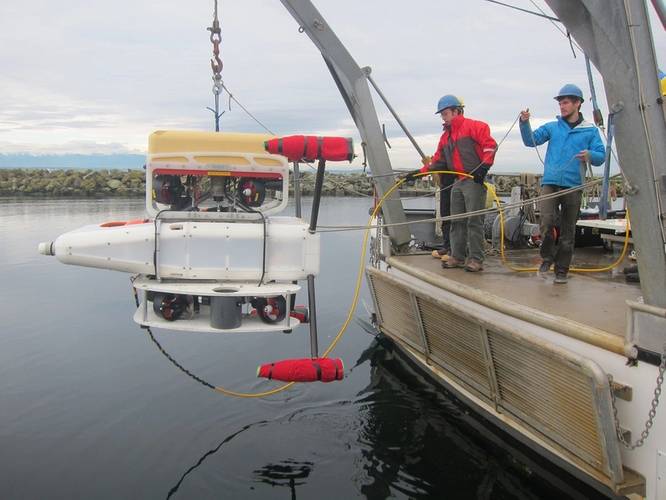

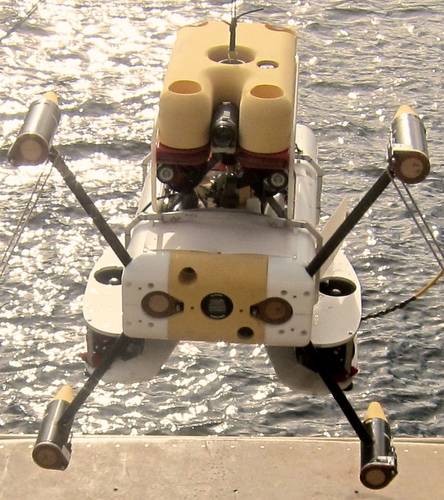
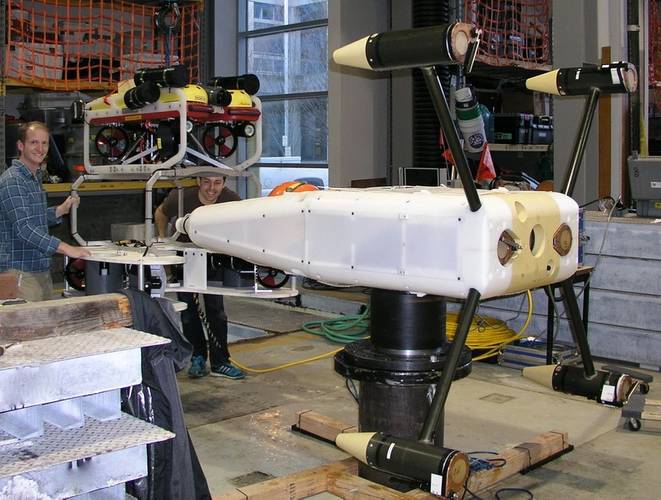


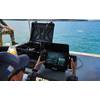
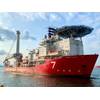












 February 2024
February 2024



